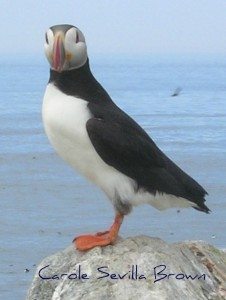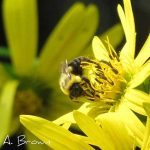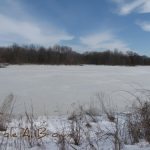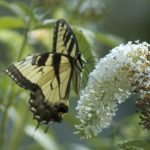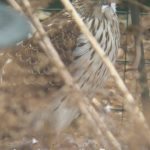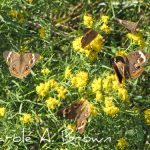As a wildlife gardener, I spend a lot of time watching the exciting happenings of the birds in my garden, the courtship behavior, the nest building, egg hatching, and fledgling flights of baby birds.
But I also like to venture outside my garden gate to watch birds in their natural habitats. And my inner little girl gets very excited by boat trips. So what better activity than pelagic birding?
Atlantic Puffins may just be the cutest birds ever, with their party colored beak. They spend all year at sea, never coming to land except for breeding season, where they gather in colonies at several offshore islands.
They are rarely spotted from land, so the only assured way to see them is to visit these breeding colonies. I’ve been on two different excursions to see these birds.
The first time, I took a trip with Maine Audubon Society to see the colony that had recently been re-established at Eastern Egg Rock Island. With this trip, you can only observe these birds from the boat. You are not allowed to get off the boat to walk around the island.
What I did get to observe, though, is the running start across the waves that Puffins take to get into flight. Now that was a lot of fun to watch, even if this one did run right out of the frame of the photo
My favorite way to see Puffins is the trip to Machias Seal Island, a small rocky island off the coast of Maine from the town of Jonesport, but considered Canadian territory. There are several companies that provide boat tours out to this island, and you can leave the boat and enter one of several bird blinds to watch the Puffins (as well as Razorbills, Common Murres, and other birds who may also be nesting on the island).
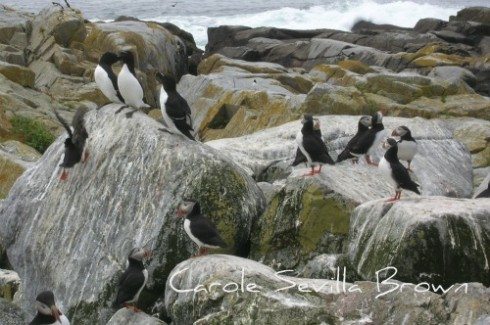
Puffin and Razorbill Colony, Machias Seal Island
Puffins came very close to extinction due to over-hunting. Historically their were 5 islands that had breeding colonies off the Maine coast, but the Puffin colonies dwindled until there were only Puffins at Machias Seal Island. They had been extirpated from all of the other islands.
This is a very good reminder that our efforts to protect bird habitat stretches beyond our garden gates, to our communities, to our region, and to our oceans.
More From Ecosystem Gardening:
Submit your review | |

